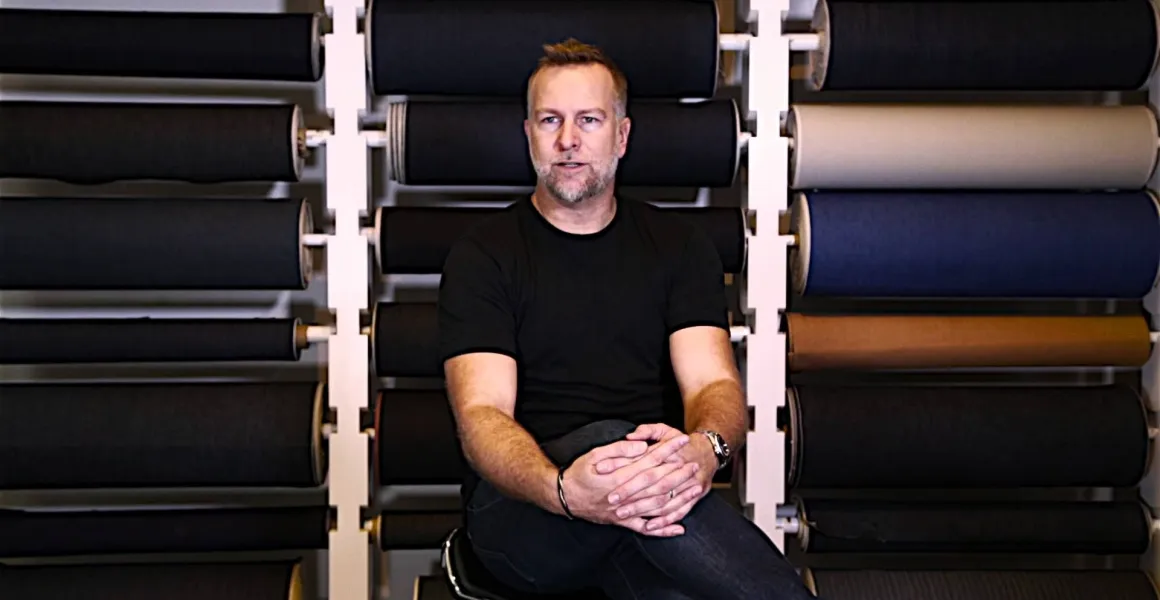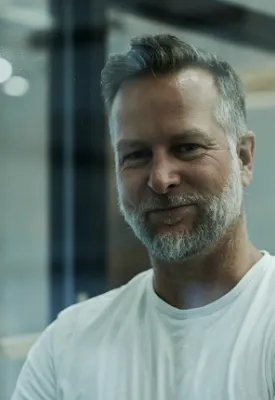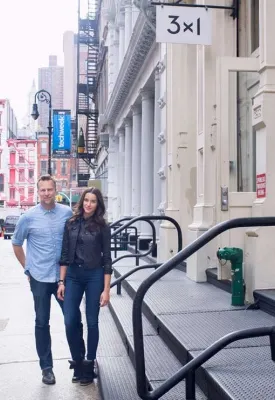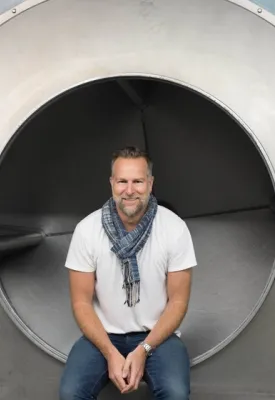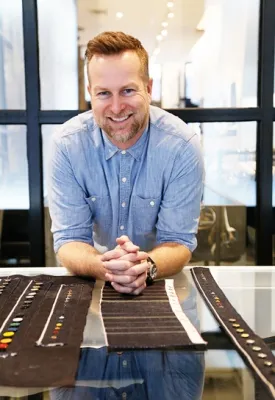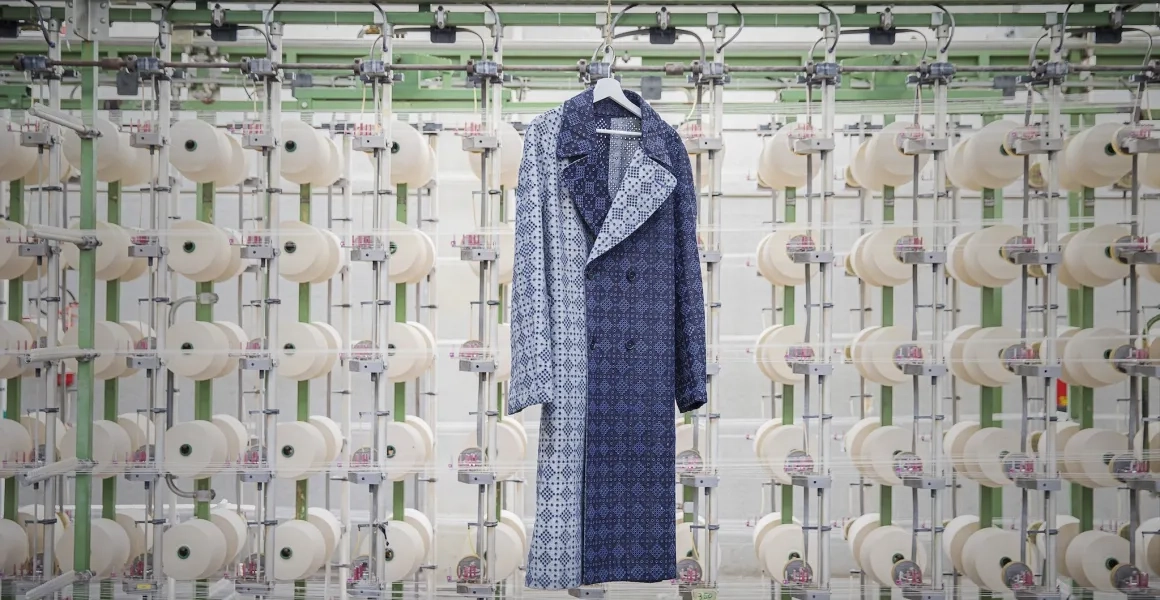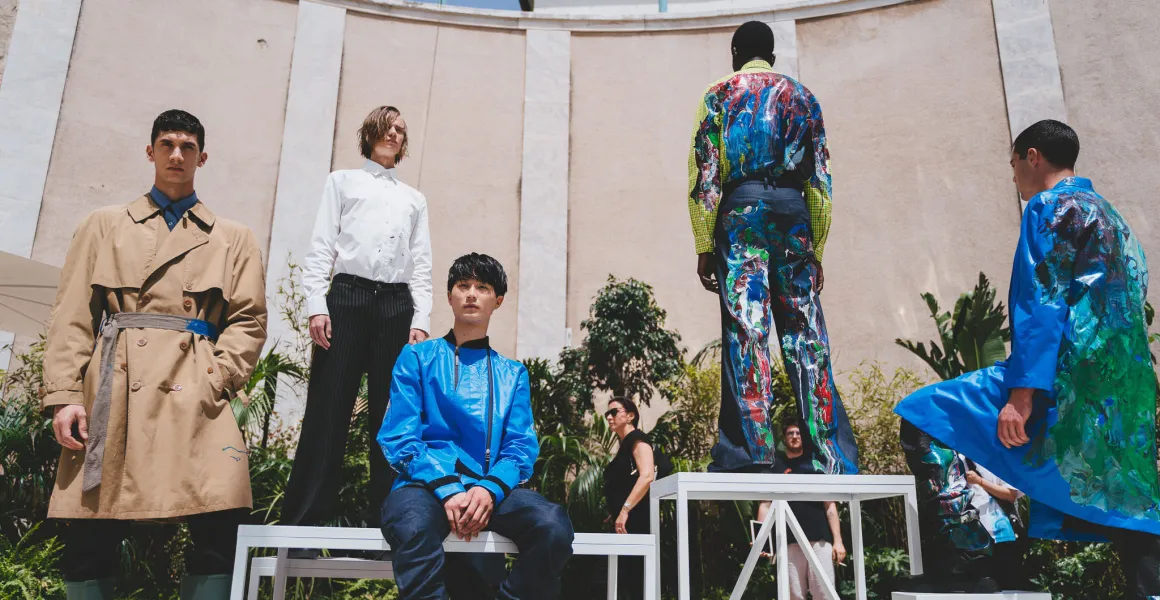Your background comes from the world of golf, but also from the skate scene: do you believe your previous experiences had a positive influence on your professional outcome?
I am sure both played a role in allowing me to become who I am, but it was my passion for golf, more than for skateboarding, that led me to a career in denim. When I was in college I told my golf coach (yes, I was at the University of Washington on a golf scholarship—crazy, right?) that I was interested in entering the apparel business after school, perhaps creating a golf apparel line once I graduated, especially because I hated the golf clothes I was wearing at the time. My coach did something that changed my life forever: he introduced me to my mentor, Charles Fancher. I started working on business plans and did internships for apparel companies in and around Seattle every summer. These experiences helped me start down the long path toward becoming an entrepreneur and doing something of my own.
3×1 is a concept store and a bespoke denim shop: what do your clients ask for when they enter your world? Do they know what they are looking for, or do they prefer to ask for your advice?
At the store on 15 Mercer (NYC) we welcome a wide range of clients: athletes, stylists, denim enthusiasts, everyday people who love jeans or who are curious about what we do and how we do it. So individual needs vary: I have always maintained that we are here simply to bring the customer’s wish to life—to point them in the right direction, so to speak. If they want something to fit a certain way, we can make it happen. If they want to learn about denim, or about the shuttle loom, or how to think correctly about sizing a pair of jeans, we are happy to teach them. The idea behind the store was to bring people into our world, show them something they have never seen, educate and inform them, and along the way, with a bit of luck, grow brand fans. For the most part, customers know what they like and do not like, but I have yet to meet someone who does not want some advice or a few pointers.
Who would be your “jeans wearer”?
I cannot say “who” would be my ideal jeans wearer, because I would have too many in mind, but I can tell you I am always inspired by people who feel self-confident, especially when it comes to their personal style.
As a company, Manifattura/Berto faces different challenges nowadays; what about 3×1? Can you tell us the pros and cons of your project?
With any business or undertaking, you need a way to keep perspective on the journey itself and try not to focus too much on the moment—good or bad. 3×1, like each of the brands I have founded, has had its ups and downs. This project has been even more of a challenge because creating a bespoke concept store had never been done before. Managing product flow, client interface, training, the in-house production component… these were enormous challenges to overcome, and it took a long time to build something efficient. There is a level of precision that must be maintained in order for a business like this to function properly. You need to be precise and particularly focused, as we ask each of our patternmakers, cutters, and tailors to interpret the nuance of something without first having a final vision. The development costs associated with achieving a working product are similar to most costs that concentrate in the manufacturing sector.
“Less but better” can be read as a statement of purity in design, but also in fashion. Do you think it is possible to create awareness and education about reduction and sustainability in the denim sector?
Certainly, absolutely. I believe the best place to start, at least within the denim community and among consumers, is simply wear management and repair. A quality pair of jeans, supported by proper maintenance, should last a very long time. I have a pair of jeans that I have worn for the past 15 years, and I expect I will be able to wear them for another 10 or more if I take care of them. Water usage, chemical treatments, excessive waste, etc., are all issues that need to be addressed and discussed. But those are important elements to change: the greatest progress has to happen in the mind; in fact, the quickest progress would be to think about maintaining and making our clothing last longer. Avoid the “disposable” nature of fashion whenever possible.
Technical elements: what kind of characteristics do you think a denim fabric should have?
I believe that quality denim begins with quality cotton, and therefore with the yarn. ELS cottons and ringspun yarns have always been among my favorites and, of course, I am also a big fan of the classic 3×1 RHT, from which our brand takes its name. But it should also be noted that the 3×1 world was founded on the idea of marrying the best of the past with the needs and expectations of the modern customer. Thus, shuttle-loom weaving is a pillar at 3×1, and we are proud to maintain the largest collection of selvedge denim in the world (we have offered more than 800 different types since launch almost six years ago).
Speaking of Manifattura 1987: what is your point of view on our products? Is there a fabric you like most?
I am a big fan of what is happening at Manifattura 1887: I like the idea of high-quality products, and I especially like ideas with a singular point of view. Manifattura 1887 is looking to address both, and I think they are operating with a very special purpose.
Trend forecasts: what is the best trend of the season for you? Are there denim trends you do not like and prefer to avoid/ignore?
We are genuinely excited about what is happening on the women’s side of the business, and in particular the shift toward more authentic jeans and washes, as well as 100% cotton jeans. It is great to see past trends resurfacing in a new and exciting way.
Would you tell us the story of your favorite jeans and how you wear them?
My favorite jeans are a pair of 3×1 M3, which I usually wear with a T-shirt and sneakers—just like I did 35 years ago. This particular pair was worn rigid from the start and broke in on a trip to Tokyo a few years ago. They have only been washed twice, and like all my jeans, they get better every time they are worn. They have also been repaired a handful of times, and the inseam has been shortened more than once. How can you not love them?
* source: Coveteur
Photo credits: Esquire, Jeanstories, SurfaceMag, The Woolmark Company, 3×1 blog.
